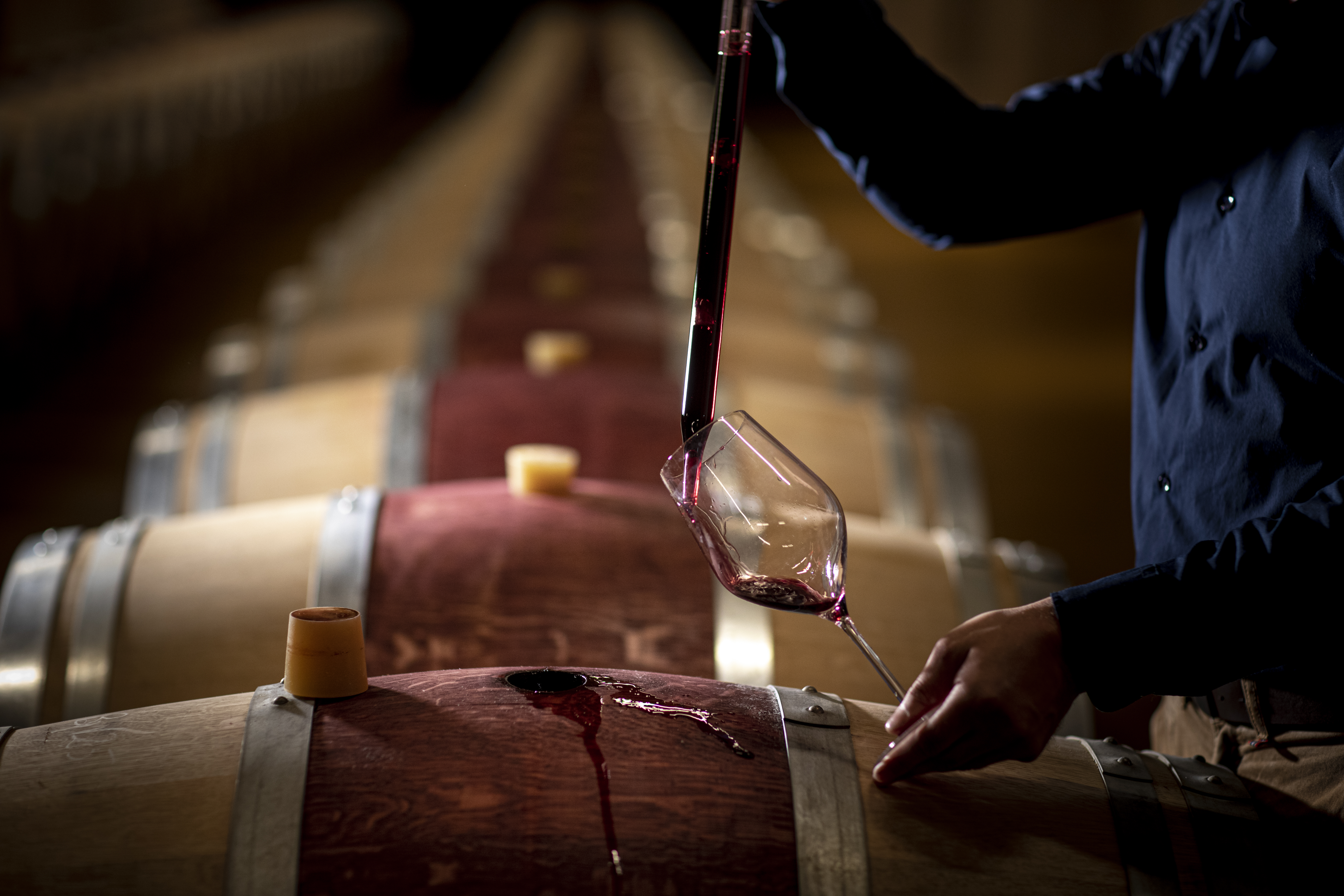Overview of Top Stories in the Russian Wine World.
Omicron impact, Leading producer, Larger bottles, Vodka consumption, “Green” Fanagoria.
Every week we identify for you the top stories in Russia about wine, spirits, restaurants, beer, cider, etc. We provide an English-language summary of each of them, as well as a link if you want to learn more.
Written by Evgeniy Kotelevsky, edited by Thomas Anthony.
Omicron impacts alcohol logistics
Girteka Logistics, the largest logistics operator in the Baltic States and one of the largest carriers in the EU, reports that its capacity for pasting excise stamps and back labels has decreased by about 30% – due to personnel in isolation because of the Omicron wave. This bottleneck has led in turn to a delay in shipments to Russia. These problems with logistics come on top of the problems for importers (about which we have previously reported) caused by the high volatility of the ruble and new labeling requirements. Read the original news in Russian.
New leader in production of still wines
According to "Vedomosti," the largest producer of still wines in 2021 was Gatchina Alcohol Factory (GSZ), located in the Leningrad region. Its production was 250,000 hl, dropping Ariant Group to second place with 226,000 hl. The main product of GSZ is inexpensive wines in tetra-packs. However, the company also owns the premium "Koktebel" winery in Crimea and its 1,070 ha of vineyards, which produced 14,647 hl of still wines last year. Third place is held by Fanagoria, with 160,000 hl. Some in the expert community questioned the leadership of GSZ, as the ranking is based on unofficial data sources. Read the original news in Russian.

Larger-volume bottles of spirits increasing in popularity
Retail sales of alcohol in 1-liter bottles increased by 30-60% year-on-year, and the share of this format in the category of whiskey, rum and other liquor now exceeds 10%. According to NielsenIQ, sales of vodka in 1-liter bottles increased by 19% and 0.7-liter bottles by 11%, while sales of 0.5-liter bottles decreased by 5% year-on-year. As for other liquors, sales of 1-liter bottles have increased by 65%, while of 0.5-0.7-liter bottles only by 8-13%. Major retailers — Vinlab, Auchan, Verny — also confirm a significant increase in sales of spirits in 1-liter bottles. According to market players, the trend is caused by the desires of consumers both to reduce the frequency of store visits in the current difficult epidemiological situation, and to save money by buying in larger volumes. Read the original news in Russian.
Vodka consumption increased by 2% in 2021
Contrary to the long-term trend of the declining popularity of vodka in Russia, the consumption of vodka increased by 2% in 2021, to 5 liters per capita. This increase was reported by the Center for the Study of Federal and Regional Alcohol Markets (CIFRRA), and was calculated based on data from the Unified State Automated Information System (EGAIS) and the population of the Russian Federation. According to experts, this seeming increase is explained by the continuing reduction of the share of illegal products on the market, in part due to stricter controls on medical alcohol which can be used for the production of illegal vodka. Thus, the statistics of vodka sales are gradually showing a more realistic picture of actual consumption. The regions of Sakhalin, Magadan, Chukotka, Komi, and Karelia were the leading vodka consumers last year – although Chukotka was the only one of these which showed an increase over 2020. According to Oleg Salai, deputy head of the Ministry of Health, consumption of alcohol per capita in Russia decreased from 2008 to 2021, from 15.7 to 9.1 liters. Read the original news in Russian.
Fanagoria uses “green” electricity
The company says that by spring 2022, the panel capacity of the solar power plant installed at Fanagoria will exceed 1 MW. As the region has over 280 sunny days per year, this plant will be able to provide much of the power needed for wine production. In addition, the company plans a facility for production of hydrogen gas, along with the reverse process of converting hydrogen into electricity. The new system will complement the existing solar power plant, making up for energy shortfalls on cloudy days. Fanagoria emphasizes that with these innovations, its wine production will have the lowest carbon footprint in the country. Read the original news in Russian.
Cover photo: © Rana M/Pexels.
